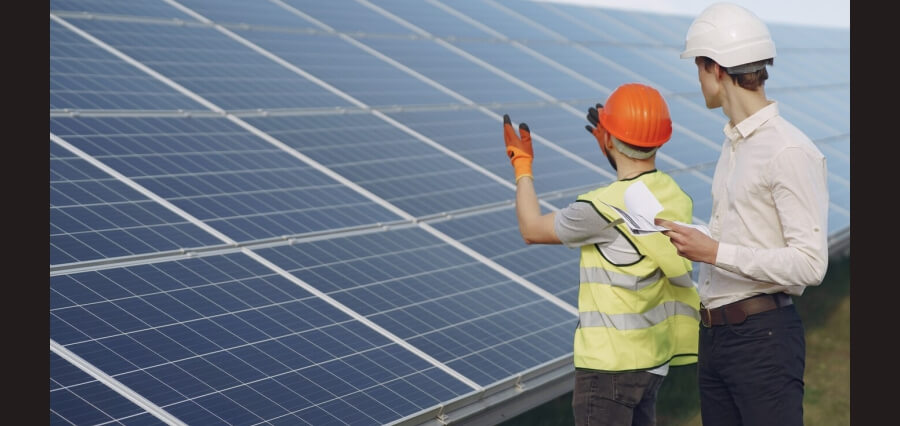Uncovering the Relationship Between Roof Design and Solar Panel Performance

Roof design is a critical factor in the performance of solar panels, as it can significantly impact their ability to capture sunlight and generate energy efficiently. Different roofs have varying levels of effectiveness based on their orientation, tilt angle, shade analysis, solar panel dimensions, roofing material, structural integrity, roof slope, and geographic location.
Orientation plays a key role in harnessing the power of the sun. The direction in which a roof faces determines the amount of sunlight exposure it receives. Ideally, south-facing roofs receive the most sun exposure throughout the day, while east or west-facing roofs receive less. North-facing roofs are the least effective for solar panel performance.
The tilt angle of solar panels is another crucial factor in optimizing energy production. The ideal tilt angle depends on the location on Earth, with roofs further from the equator requiring a steeper tilt to maximize sunlight exposure. Experts can recommend the best tilt angle for specific locations to ensure optimal energy generation.
Shade analysis is essential for identifying potential obstructions that can block sunlight from reaching solar panels. Trees, buildings, and other tall objects can cast shadows, reducing the panels’ efficiency. By conducting a shade analysis, experts can determine the best placement for solar panels to minimize shading and maximize sunlight exposure.
Solar panel dimensions are also important, as not all roofs are the same size. Choosing the right size panels for your roof ensures maximum coverage and energy generation. Larger panels can capture more sunlight, but smaller panels are suitable for smaller roofs while still generating sufficient energy.
Selecting the appropriate roofing material can influence both the installation process and the efficiency of solar panels. Materials like metal or tile are durable and can enhance solar panel performance by reflecting sunlight. Balancing aesthetics with functionality is key when choosing a roofing material to complement solar panels.
Consideration of the roof’s structural integrity is crucial when installing solar panels, as the roof must be strong enough to support the additional weight. If necessary, experts can reinforce the roof to ensure it can safely accommodate solar panels without compromising its stability.
The roof slope plays a vital role in enhancing solar exposure, as an optimal slope allows panels to face the sun efficiently throughout the day. Adjusting the slope of the roof can improve sunlight capture but must be done carefully to maintain safety.
Geographic factors also influence solar panel performance, with sunny areas yielding higher energy production than cloudy regions. Understanding regional variations helps homeowners optimize their solar setup for maximum efficiency and cost savings.
In conclusion, the synergy between roof design and solar energy efficiency is essential for maximizing the benefits of solar power. By considering all aspects of roof design, homeowners can ensure that their solar panels operate at peak efficiency, making sustainable living a reality. For more insights and tips on solar power, check out our blog and start harnessing solar energy like a pro!







